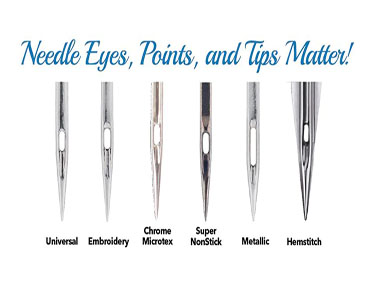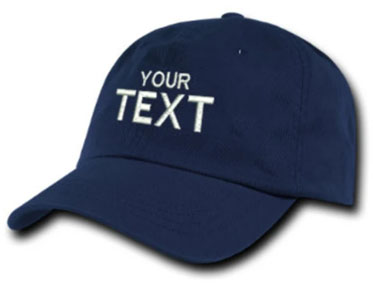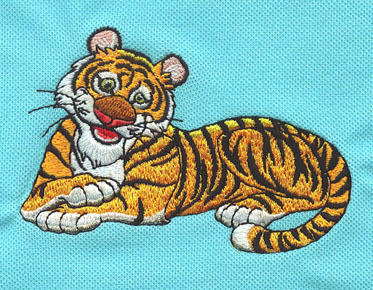Different Types of Embroidery Needles and What They Are Used For
There are several types of embroidery
needles that enable the needle holder to embroider by hand or by machine and
select the appropriate needle. The type of needle a person prefers depends on
the type of fabric he or she is working with; the yarn, floss, or thread used;
and his or her personal preferences. The following content also has some
reference value for Eagle digitizing.
Some of the most common used embroidery needles include tapestry, cylinder, and chenille type needles. Usually, a needle holder will select the type of embroidery needle that he or she feels most comfortable with, rather than by name or tradition.
When choosing a needle, needle holder typically consider the texture and weave of the fabric, if working with woven fabrics. A pointed needle, such as a standard embroidery needle or a chenille needle, pierces the thread of the fabric and is especially useful for French knots. Tapestry needles and point or blunt points of cross-stitch needles won't pierce the thread without force. This allows the embroiderer to work quickly as the needle glides between the threads of the fabric. Other fabrics, such as leather, require specialty needles.
The choice of thread has as much influence on the choice of knitting needle as the fabric. Most embroidery needles have large eyes to accommodate thick yarn or strands of floss, but others, such as beading needles, have small or narrow long eyes. Various small eye needles including sharpening needles and quilting needles. While most embroiderers do not embroider with quilting needles, some needle holder do choose them. An eyelet that is too small will usually fray the thread, and an eyelet that is too large may leave noticeable holes in the fabric.
A person selects the size of embroidery needles through a number system. Generally, the larger the needle size, the smaller the needle. The higher the count, the smaller the hole and the smaller the needle size required. For example, most experts recommend using a 11-gauge needle for 24 or 11-count fabric, and a 28-gauge needle for 18-count fabric. When choosing a needle for machine embroidery, the opposite is true: the lower the number, the smaller the needle size
Machine embroidery needles are slightly different from hand embroidery needles. Usually, they are very sharp and the elongated eyes help to pierce through the fabric without leaving large holes in the fabric. Embroiderers typically choose ballpoint needles for knitted and stretchy fabrics, and wedge needles for heavy, dense non-woven fabrics such as leather, plastic, and suede. Most wires require special needles to prevent fraying and breaking.
Tapestry, point, and cross stitch needles have blunt points and large eyes, and needle holder use them for evenly woven fabrics. Many embroidery projects require sharp needles. Embroidery, chenille, and round thread needles are sharp, which means they have a sharp point. Most embroidery sharpeners have large eyes or elongated eyes to accommodate thick or multiple strands of floss.
Needle holder can choose specialized
embroidery needles. For example, a beading needle is a long, sharp, thin needle
with an elongated eye that a person uses to add beads to embroidery projects.
Its unique size often helps it slide through the small holes in the beads.
Double eye embroidery needles have two eyes that can hold different types of
floss or two or more colors. The long sharp of the miller has a small round eye
and is usually longer than the common sewing needles that people usually use to
make gold bars and French knots.



